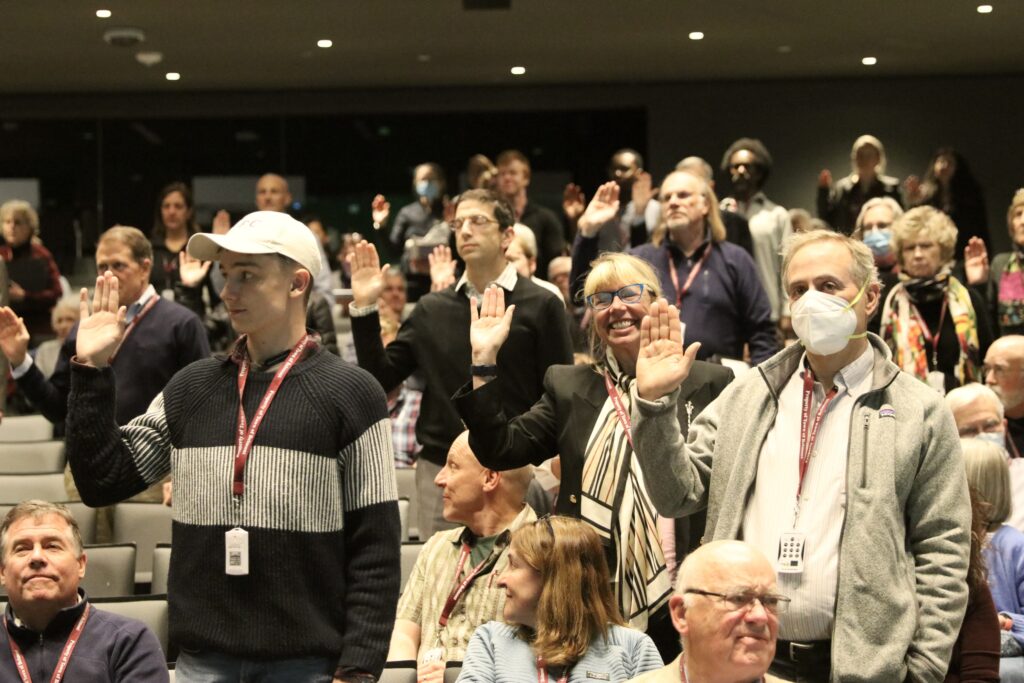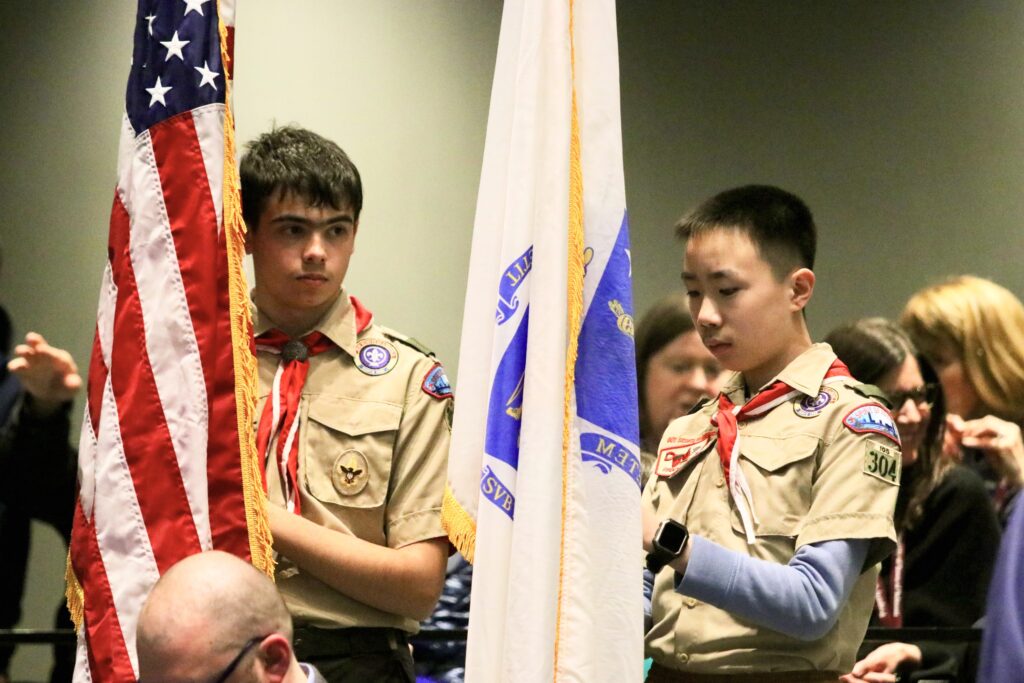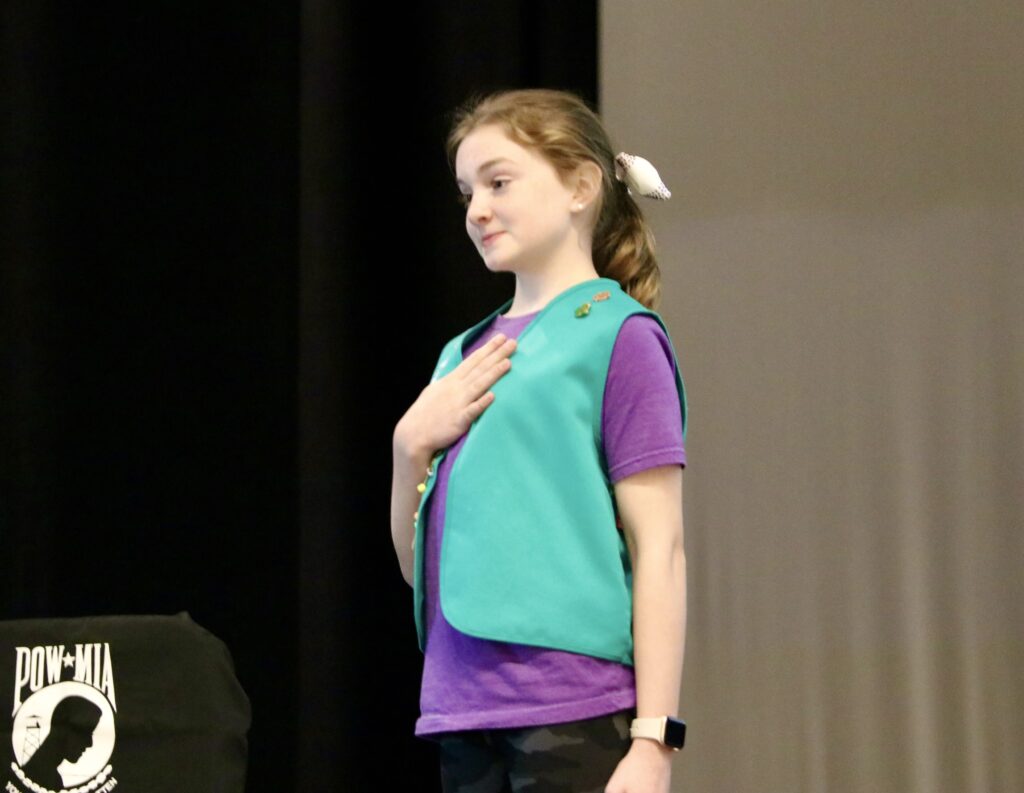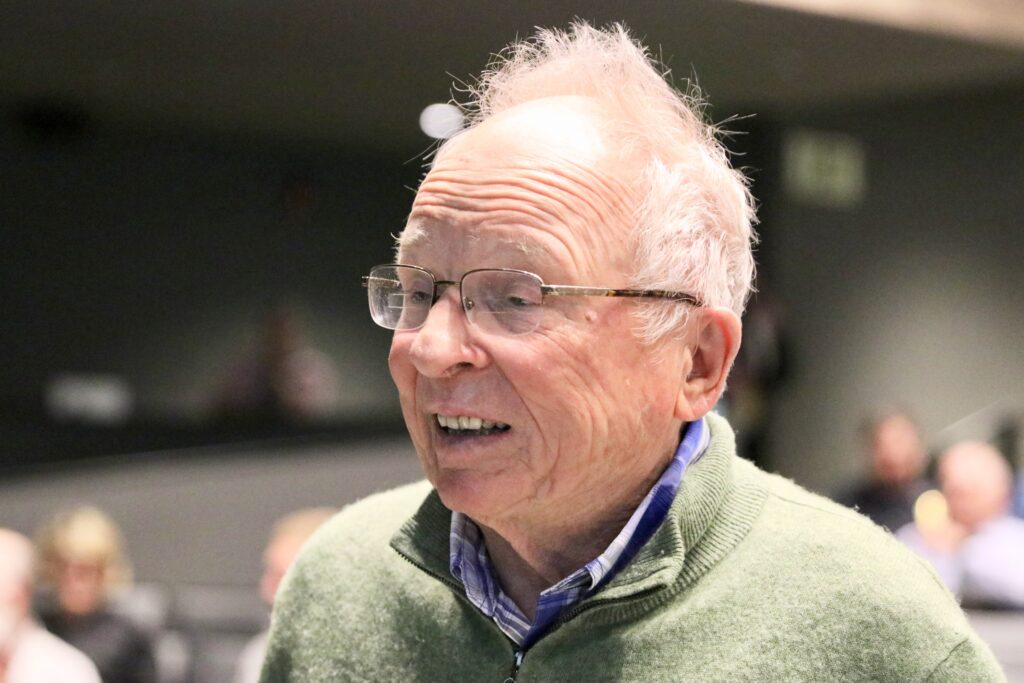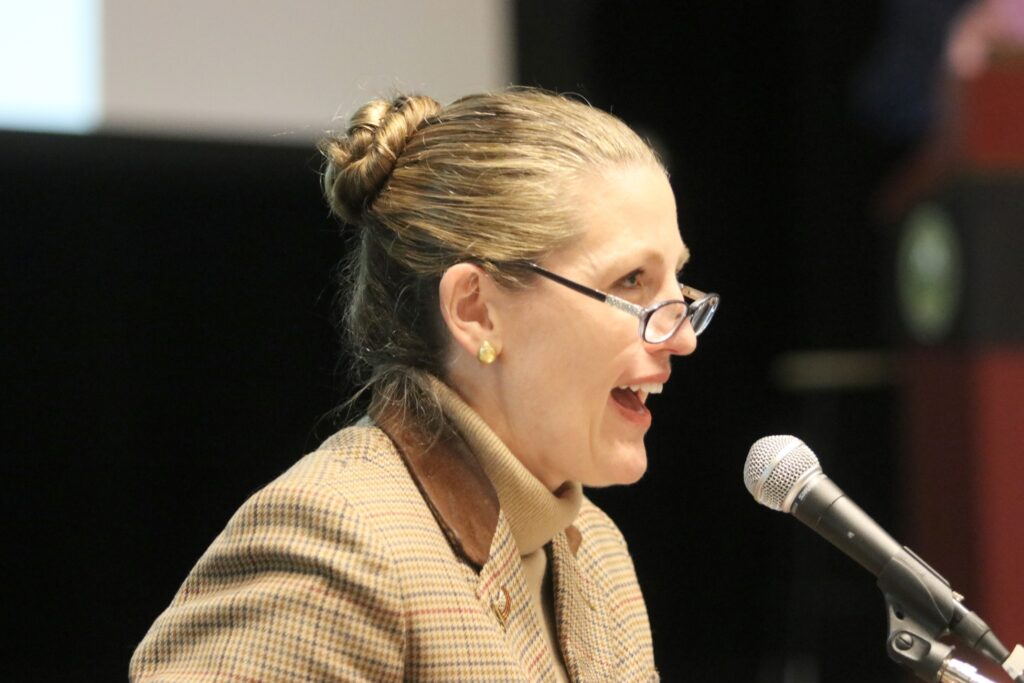Photo: A new paint job for the Homer House, just one of eight proposals submitted to the Community Preservation Committee that were approved for final applications
It was moving day last week at the Community Preservation Commiittee as eight proposals were approved to submit final applications. A final CPC decision will be made on Jan. 10, 2024.
At its regularly scheduled monthly meeting, Wednesday, Oct. 11, Chair Elizabeth Dionne said the CPA has approximately $3 million to distribute for projects involving recreation/open spaces, housing and preservation. The Community Preservation Act, adopted by Belmont voters in 2010, is financed by property tax surcharges and annual distributions received from the state’s Community Preservation Trust Fund.
The CPA will present the applications it approves in January to a vote before the annual Town Meeting in May 2024. Due to the “urgent need for funding,” three of the eight proposals will be presented as “off-cycle” applications which will be voted at the Special Town Meeting in early November.
The projects which will proceed to a final application are:
- Affordable Housing for Town Employees: $250,000
- Chenery Park Design and Engineering: $105,000
- Chenery Park Funding: $1 million
- Fund to Support New Affordable Housing: $250,000
- Homer House Exterior Paint Restoration – $99,000
The off-cycle proposals are:
- Community Path Phase 1 Design: $335,868
- Town Hall Retaining Wall: $160,000
- School Administration Building Roof Restoration: $200,000
Of the projects two of the requests are connected by a single project. First, an engineering study for a proposed revitalization of the playground and activity areas at the Chenery Upper Elementary School for $105,000.
The study dove tails into the second, more substantial request of $1 million for the actual construction of the Chenery “complex.” Recreation Department Director Brendan Fitts told the committee this request will be an initial cost “guestimate” for the project in the $3 million range.
“What we are doing is setting aside some funding for [the reconstruction] now,” said Fitts.
“This is a high priority project,” said Dionne, saying parents, the PTA, and school officials have been clambering for an overhaul of the thread worn recreation area. “And I hope it’s only $3 million,” said Dionne whose worried there could be some “inflation” that’s being baked into the project.
In what Dionne called “starting something that I think could be a tremendous benefit for the town and its employees,” $250,000 is being asked by the town would be used to sow the seeds of increasing affordable housing directed towards assisting town employees to live in the community which they work.
“The number one reason we’ve been losing [employees] is the commute. It’s not that I don’t want to work here” said Town Administrator Patrice Garvin, but many are living west of Route 128 while municipal salaries can not support purchasing a home or to pay rents.
But rather than use this fund to purchase a property outright, Dionne envisions the fund being an annual CPC allocation approved by Town Meeting that would be used by developers to free up capital to build multi-unit residential projects in which some units would be dedicated to town employees. Belmont will be following in the footsteps of municipalities in California and in nearby Nantucket which are securing town employee housing in partnership with builders.
On the affordable living front, the Belmont Housing Trust is applying for $250,000 for the purpose of creating more affordable housing in town by investing in new developments prompted by the anticipated approval of the MBTA Communities Multifamily Zoning law. Belmont will have the ability to invest in new projects in exchange for more affordability or deeper affordability as the Trust funds projects, either through financing the development or subsidizing the operating costs.
The Belmont Woman’s Club is seeking through the HDC $99,000 to paint the exterior of the Homer House on Pleasant Street opposite Town Hall as part of its long-term renovation of the historic house.
Of the off-cycle proposals, a initial proposal of $160,000 from the Historic District Commission will make significant roof and repairs to the School Administration building on Pleasant Street. “People are putting out buckets out [when it rains]” with the damage reportedly in the superintendent’s office due to deficiencies in the roof’s flashings and gutters causing internal damage, according to Gabriel Distler, staff planner for the HDC.
Along with the roof, other time sensitive items include shoring up the main retaining wall at Town Hall while there is a need for a redesign of the commuter rail pedestrian tunnel connecting the Winn Brook neighborhood with the new Belmont Middle and High School and Concord Avenue after the MBTA and Massachusetts Department of Transportation reversed an earlier design decision to now allow a less expensive tunnel.
“I think the one thing that everyone in town agrees on is that the tunnel is really important,” said Dionne. “And if we don’t fund this [proposal], we can’t get to the design drawings that we need for [federal] funding, it delays this decades long process.
